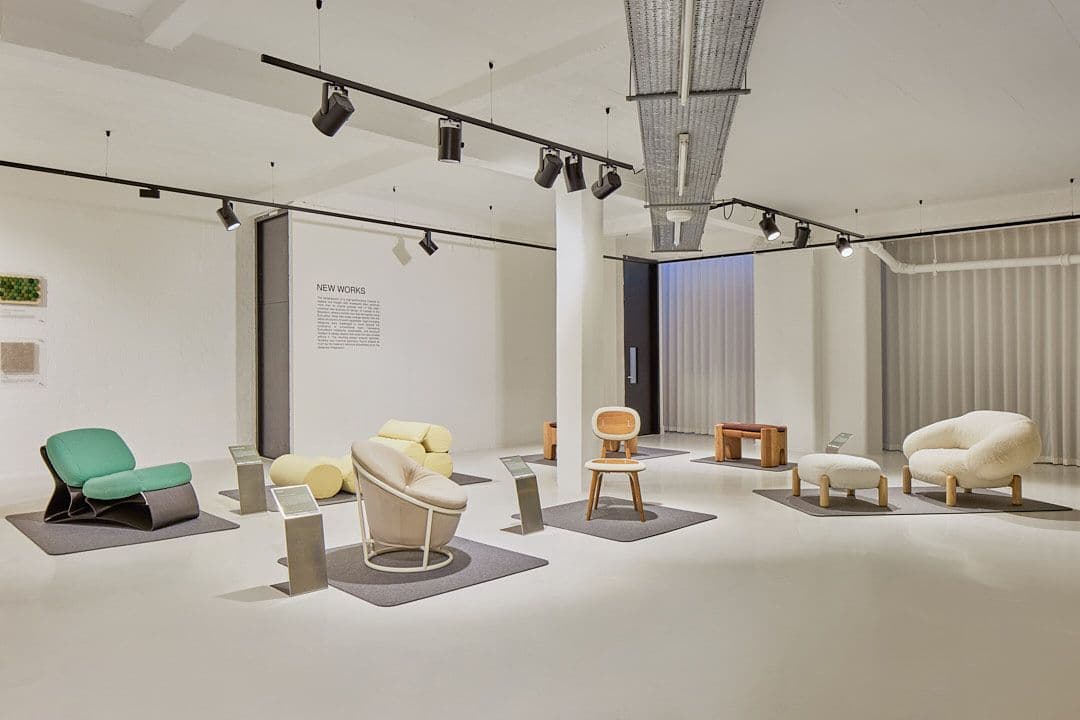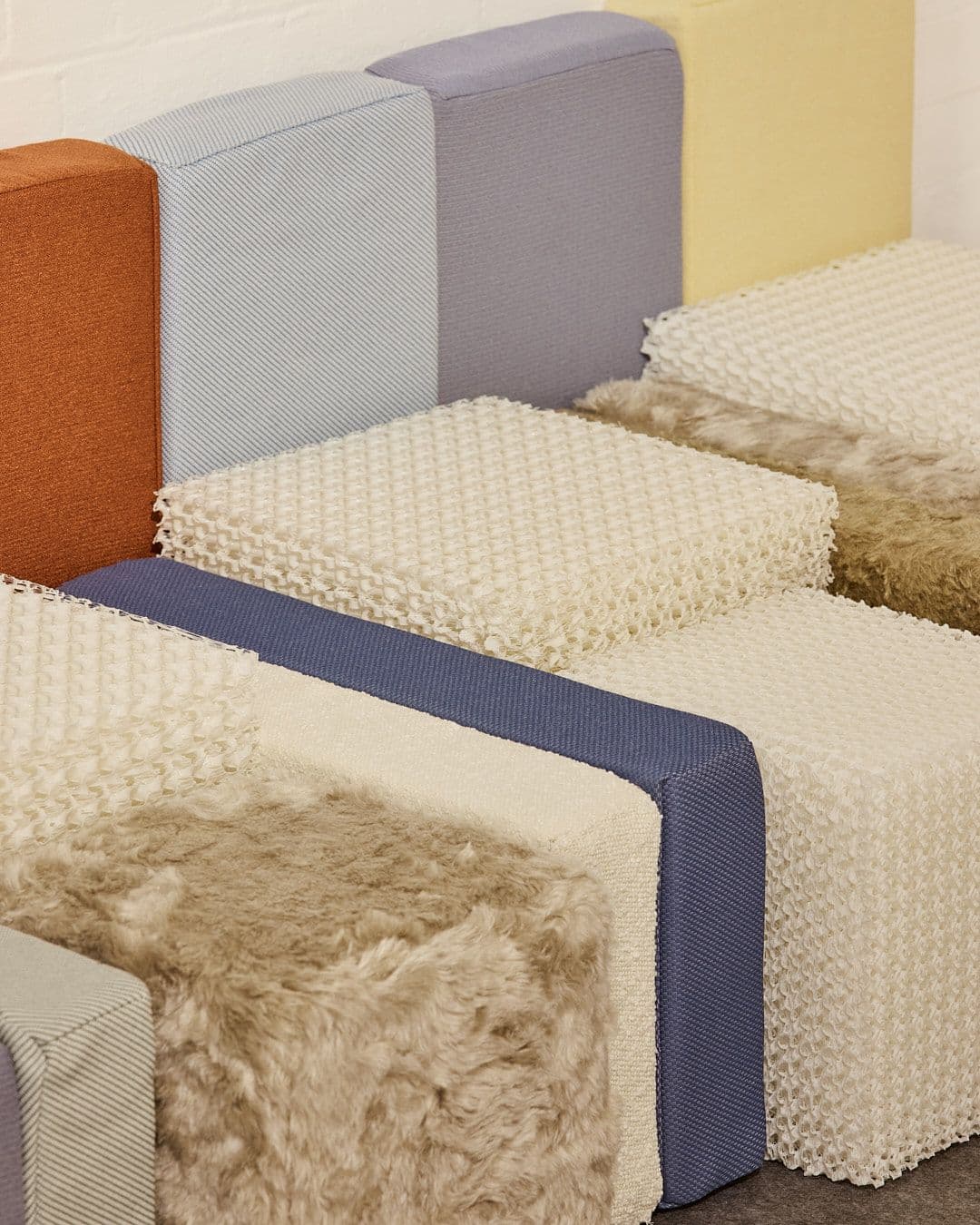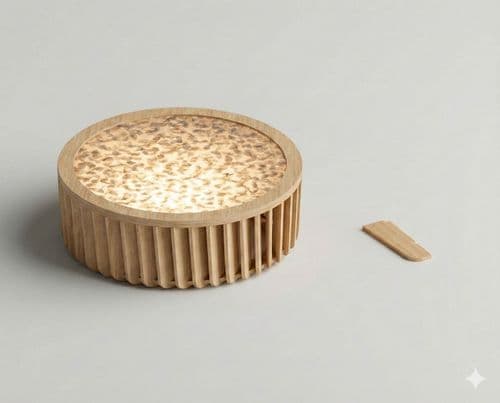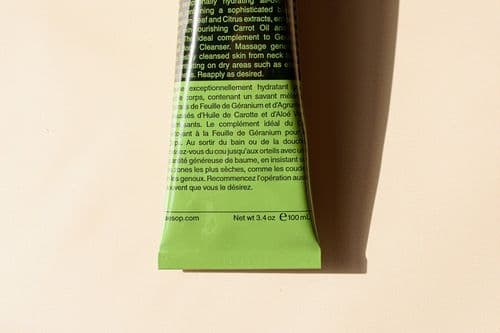Key points
- The Ecolattice team uses recycled TPE to print lattice foams that can feel very soft or quite firm (roughly Shore 20A–80A) just by changing the pattern, not the material.
- Pressure maps from people sitting 6–8 hours a day are turned into denser lattices where the body needs more support and more open lattices where pressure should be relieved.
- The process is designed to be almost zero-waste: parts are printed without support structures, and any faulty filament or test prints are shredded and melted back into new filament.
- Fire safety comes from two layers: flame-retardant additives in the recycled TPE, and open lattice geometries that slow down how quickly a flame can travel through the material.
- New bio-based versions (like latex or algae blends) are only taken forward if they have credible carbon data and can run on the same extrusion and printing equipment as the recycled TPE.
- Scaling this beyond prototypes depends on three basics: bringing down cost per part, speeding up print time, and keeping product quality consistent across thousands of pieces.
Full interview with Ecolattice
1. What properties of recycled TPEs make them suitable for conversion into high-performance foams?
Recycled thermoplastic elastomers (TPEs) combine rubber-like elasticity with thermoplastic processability. That makes them a practical base for foams where you need both comfort and reprocessability.
Flame retardancy can be introduced through additive packages that promote char formation and slow flame spread under heat. The polymer itself is hydrophobic, with low water uptake, so foams remain dimensionally stable and less prone to microbial growth in humid or high-use environments such as interiors or healthcare seating.
Mechanically, recycled TPEs offer good compression and tear strength. Properly formulated grades withstand repeated loading without taking a permanent set, which is essential for seating, bedding, and impact-absorbing components. Their elastic recovery means the foam can deform under load and return to shape quickly, which is directly linked to long-term comfort.
The thermoplastic nature is important at end-of-life: parts and process scrap can be melted, re-extruded and reprinted. Properties do not collapse after a small number of cycles, so mechanical recycling remains viable over multiple loops.

2. How do you fine-tune Shore hardness from 20 to 80, and why is this range important across sectors?
The perceived hardness in these foams is not only a function of material formulation but also printing and geometry.
On the process side, parameters such as infill density, wall thickness, extrusion temperature and line spacing are adjusted in the slicer. On the geometry side, lattice cell size, strut thickness and topology are controlled via parametric tools (for example, Grasshopper scripts). Together, these allow us to span an effective hardness range roughly equivalent to Shore 20A–80A using the same base recycled TPE.
This range matters because different zones and applications have different needs. Softer regions help with pressure distribution and comfort, especially for people sitting 6–8 hours a day. Firmer regions maintain support, durability and posture. Being able to dial this in locally, without changing material, is useful for office seating, healthcare furniture, and other interior products that combine comfort with repeated use.
3. What methods ensure fire safety in your polymer foams without compromising performance?
Fire behaviour is addressed at two levels: material and structure.
At material level, flame-retardant additives are compounded into the recycled TPE. These systems are chosen to slow ignition, reduce heat release and encourage char formation, while still keeping the material flexible and recyclable.
At structural level, lattice design is used to limit flame propagation. Increasing lattice spacing and reducing continuous material paths lowers the available fuel and breaks up heat transfer routes. Lower density zones store less heat and can slow down the spread of a flame front compared with solid foams of the same chemistry.

4. How does pressure-point data shape your lattice geometries through generative design?
Pressure-point mapping provides the underlying data for the lattice layouts.
We collect pressure-distribution data from sensor arrays and ergonomic studies to identify zones of high and low load during extended sitting. Those maps are brought into parametric environments such as Rhino and Grasshopper, where they are converted into variations in lattice density, cell size and topology.
High-pressure areas receive denser or stiffer lattice configurations; low-pressure areas can be more open and compliant. Because this is set up generatively, the transitions between zones are continuous rather than stepped. The result is a single printed structure with graded stiffness, matching the body’s pressure profile while remaining recyclable as one material system.
5. What steps guarantee a zero-waste process in filament making and 3D printing?
The goal is to avoid supports and trimming, and to keep all offcuts in circulation.
Parts are printed directly from CAD without support structures, so there is no sacrificial material to cut away. Components are oriented and designed to be “as-printed” with no machining or foam cutting, meaning everything extruded is part of the final piece.
In filament production, start-up waste, off-spec filament and test prints are collected, shredded and re-extruded into new filament. Because the material is thermoplastic, this internal loop can be repeated, keeping process waste close to zero in practice.

6. What factors guide your trials with bio-based inputs like natural latex and algae composites?
Trials with bio-based polymers are guided by a mix of environmental and technical criteria.
On the environmental side, we look at biobased content and available life-cycle data on carbon footprint. Materials with clearly lower embodied emissions and credible supply chains are prioritised.
On the technical side, candidates need to be compatible with our extrusion and printing parameters: stable in the required temperature window, with suitable melt flow, adhesion and elasticity. They also need to be available at a scale that makes sense for filament production, not just lab samples.
Market demand and policy trends are the third filter. Sectors such as furniture, interiors and healthcare are under pressure to move towards more renewable and recyclable inputs, and regulatory frameworks in Europe and the UK are moving in that direction. Those signals influence which bio-based inputs we prototype first.

7. How do you convey circularity and compliance data to procurement teams under sustainability pressure?
At the moment, the emphasis is on building a structured, verifiable dataset rather than making broad claims.
We are working towards Life Cycle Assessments (LCAs) and, where relevant, Environmental Product Declarations (EPDs) for key material and product configurations. The intention is to quantify carbon footprint, recyclability and end-of-life routes in a way that procurement teams can use in their own reporting.
In parallel, we are mapping carbon data across our supply chain so we can show where emissions occur, from feedstock to filament to printed part and potential recovery. The work is aligned with frameworks such as the UN Sustainable Development Goals around responsible production, climate and industry, but the priority is to provide concrete numbers and documentation rather than slogans.
8. What are the main hurdles in scaling EcoLattice foams from bespoke designs to mass production?
Three issues recur: cost, throughput and consistency.
Cost optimisation involves both material and process. Recycled TPE needs to be sourced at stable quality and price, and printing workflows must minimise energy use and print time per unit. Otherwise, the latticed foams struggle to compete with conventional polyurethane foams on a purely cost basis.
Throughput is limited by the nature of 3D printing. To move towards higher volumes, we are looking at larger build envelopes, multi-head systems and more automated handling and quality control. The challenge is to increase speed without losing the local tuning that makes the lattices useful in the first place.
Consistency across thousands of units is the third hurdle. Parametric design helps standardise geometries, but process variation (temperature, humidity, machine calibration) still needs managing if the mechanical properties are to stay within tight bands.

9. How did you balance moisture resistance with air circulation in the lattice engineering?
Here, the material and geometry play different roles. The recycled TPE itself has low water absorption, which helps the foam remain dimensionally stable and less prone to moisture-related degradation or microbial growth.
The lattice architecture is then used to move air. Open-cell geometries and controlled channel directions encourage airflow through and around the foam during use, which helps dissipate heat and moisture build-up at the body interface. The combination aims to keep surfaces dry and ventilated without resorting to additional layers or coatings.
10. What role should structured supplier data play in future AI-driven sourcing platforms?
Structured supplier data is the basic input that makes AI tools useful for sourcing. When information on materials, emissions, certifications, compliance records, logistics and pricing is stored in standardised, machine-readable formats, algorithms can map supply networks, compare options and flag risks with much more precision.
For procurement teams, this means being able to benchmark suppliers on things like carbon intensity, recycled content or certification status using the same fields, rather than piecing together PDFs and emails. It shifts sourcing away from ad-hoc, relationship-driven decisions towards something more transparent and evidence-based—provided the underlying data is clean and regularly updated.

11. How do you see EcoLattice’s materials contributing to a wider sustainable ecosystem over the next decade?
These materials sit at the intersection of a few trends: pressure to move away from thermoset foams, interest in recyclability, and improved digital fabrication.
If recycled and bio-based TPE lattices can match or exceed the comfort and durability of polyurethane foams in targeted applications, they offer one practical route to reduce reliance on virgin, non-recyclable foams. Because they are thermoplastic and digitally fabricated, they also lend themselves to traceable supply chains, repair, and material recovery at end-of-life.
Over the next decade, their contribution is likely to be incremental rather than transformative on their own: a set of options for brands and manufacturers who need specific combinations of comfort, performance and circularity, and who are willing to work within the constraints of additive manufacturing and recycled feedstocks.









